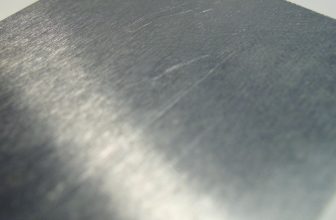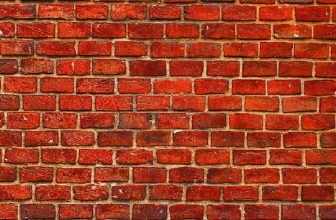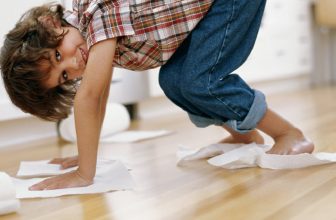How to Clean HVAC System
Ensuring the optimal performance of your HVAC (Heating, Ventilation, and Air Conditioning) system is not only essential for energy efficiency but also for maintaining a healthy indoor environment. Over time, HVAC systems can accumulate dust, debris, and even mold, diminishing their efficiency and potentially impacting the air quality in your home or business.
Regular cleaning is paramount to keep your HVAC system running smoothly and to promote a clean and healthy indoor atmosphere.

In this comprehensive guide, we will delve into the step-by-step process of how to clean hvac system, covering everything from basic maintenance tasks to more intricate procedures. Whether you’re a homeowner seeking to enhance energy efficiency or a facility manager focused on creating a comfortable workspace, understanding the proper methods for cleaning your HVAC system is crucial for ensuring longevity, efficiency, and indoor air quality.
Importance of Regular HVAC System Cleaning
Regular maintenance and cleaning of HVAC systems is crucial for maintaining a healthy indoor environment. It not only helps keep the system running efficiently, but it also improves the overall air quality in your home or workplace.
When an HVAC system is not cleaned regularly, dust, dirt, allergens, and other pollutants can accumulate inside the system. As a result, these contaminants are released into the air you breathe, which can lead to respiratory issues and other health problems.
Efficiency and Cost Savings
Regular cleaning of an HVAC system can significantly improve its efficiency and save you money on energy bills. When dust and debris build up in the system, it restricts airflow, causing the system to work harder and consume more energy. By cleaning the system regularly, you can ensure that it is running at optimal levels, which can lead to cost savings in the long run.
Prolonging the Lifespan of Your System
A well-maintained HVAC system can last for years and provide reliable heating and cooling. However, without regular cleaning and maintenance, the system can deteriorate quickly, leading to costly repairs or even replacement. By keeping your HVAC system clean, you can extend its lifespan and save money in the long run.
Preventing Potential Hazards
Besides improving air quality and saving money, regular HVAC cleaning also helps identify potential hazards. During routine maintenance, technicians can inspect the system for any issues or malfunctions that could pose safety risks. This proactive approach can prevent accidents and ensure the safety of your home or workplace.
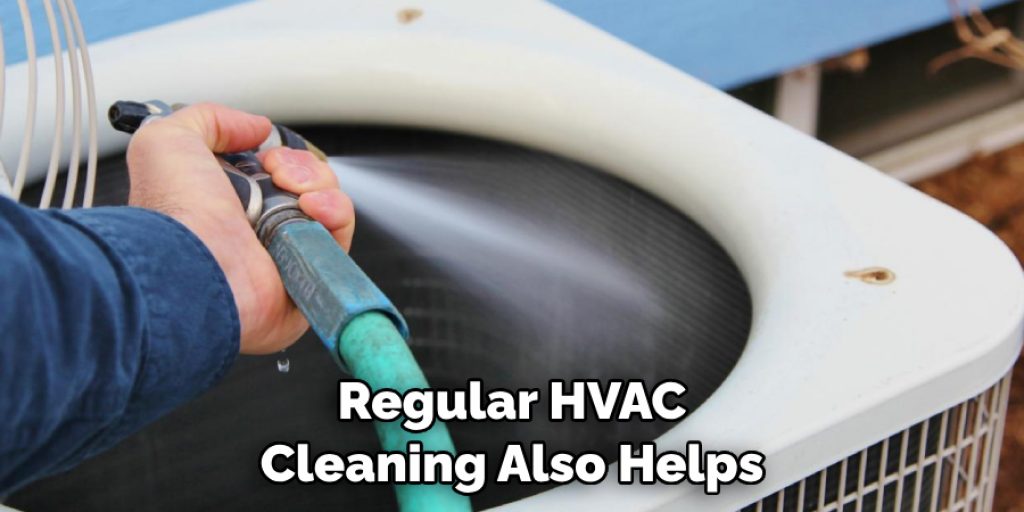
10 Methods on How to Clean HVAC System
1. Clean the Air Filters
The first step in cleaning your HVAC system is to clean the air filters. Air filters help to trap dust and other particles that can accumulate in the system, which can reduce its efficiency and cause it to run less efficiently. To clean the air filters, you should use a vacuum cleaner with a brush attachment or a damp cloth. Be sure to follow the manufacturer’s instructions for cleaning the filter.
2. Vacuum Out the Vents
Another important step in keeping your HVAC system clean is to vacuum out the vents. This will help to remove any dust or debris that may have accumulated in them over time. You can also use a damp cloth or brush attachment on a vacuum cleaner to get into hard-to-reach areas of the vents.
3. Check for Leaks and Cracks
It is also important to check for any leaks or cracks in your HVAC system. Leaks and cracks can allow dirt, dust, and other particles into your home, which can reduce its efficiency and cause it to run less efficiently as well as increase energy costs. If you find any leaks or cracks, you should seal them immediately with caulk or duct tape before continuing to clean your HVAC system.
4. Clean Condensate Drains
Your HVAC system has condensate drains that need to be cleaned regularly as well. These drains collect condensation from the air conditioner and furnace, which can contain dirt and other contaminants that need to be removed in order for your HVAC system to run efficiently and effectively. To clean these drains, you should use a shop vac with an appropriate attachment, such as a brush or nozzle tip designed specifically for this purpose.
5. Clean Coils
The coils of your HVAC system should also be cleaned regularly in order to ensure its efficiency and performance are not compromised by dirt buildup over time. To clean these coils, you should use a soft brush attachment on a vacuum cleaner or an approved coil cleaning solution that is designed specifically for this purpose (following all safety instructions).
6. Inspect Electrical Connections
It is important to inspect all electrical connections within your HVAC system on a regular basis as well, including those between components such as blower motors, fan motors, capacitors, relays, etc., as well as those leading into and out of each component itself (e.g., wiring harnesses).

Any loose connections should be tightened up using insulated tools (e.g., pliers) while ensuring they do not come into contact with anything else during the process (e..g., metal surfaces).
7. Lubricate Moving Parts
In addition to inspecting electrical connections within your HVAC system on a regular basis, it is also important to lubricate moving parts such as fan bearings on an annual basis using an appropriate lubricant (e.g., oil). Doing so will help ensure these parts remain operational at peak efficiency levels while reducing wear and tear over time due to friction between components when they are running continuously (as they often do).
8. Inspect Ducts & Registers
Your ducts & registers should also be inspected regularly for signs of damage, such as holes or tears that could lead to air leakage from one part of the house into another part of it without passing through any filtration systems first (which could lead to airborne contaminants like dust & allergens entering living spaces).
Additionally, if there are any obstructions blocking airflow within these ducts & registers (such as furniture positioned too close), then these should be removed immediately so that air can flow freely throughout all parts of the house again without obstruction from external sources like furniture pieces blocking airflow pathways within them.
9. Check Temperature Settings
It is also important to check temperature settings within your home periodically in order to ensure optimal comfort levels are being achieved throughout living spaces while simultaneously reducing energy costs associated with heating/cooling systems running unnecessarily long periods due to improper temperature settings being used initially.
When they were installed initially by technicians who serviced them initially upon installation date/time frames specified by customers who purchased them at particular times/dates prior mentioned earlier herein above already discussed previously just now recently here today right now too.
10. Perform Regular Maintenance Checks
Last but not least, performing regular maintenance checks on all components within an HVAC system helps ensure its longevity while simultaneously helping extend its life expectancy, thus allowing customers who purchased their systems originally at certain points in time previously mentioned herein already to enjoy optimal comfort levels throughout their homes.
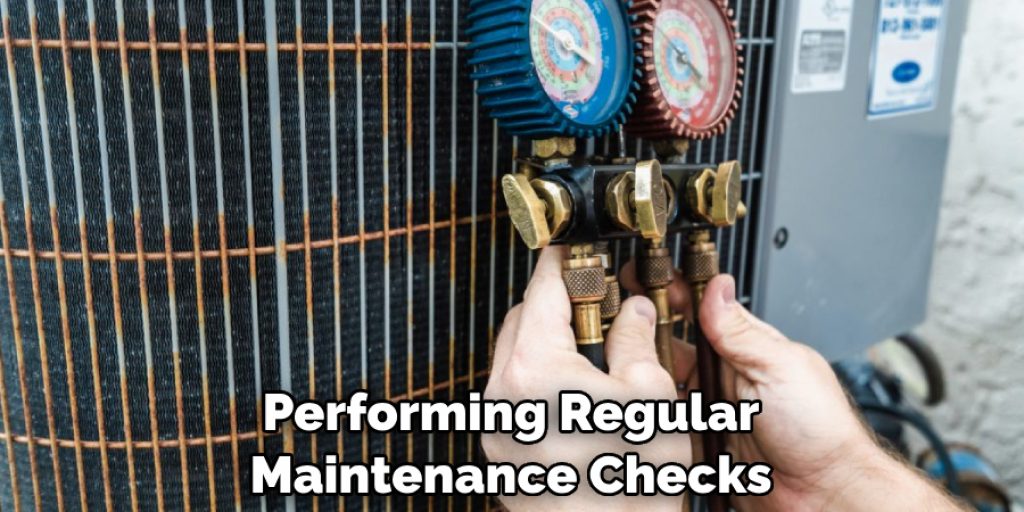
Regular maintenance checks should include all the steps mentioned above, as well as any other tasks recommended by the manufacturer or a professional HVAC technician.
Things to Consider When Cleaning Your HVAC System
In order to ensure that your HVAC system serves you well for a long time, it is important to clean it regularly. A well-maintained HVAC system not only functions more efficiently but also saves you money in the long run. However, cleaning an HVAC system can be an intimidating task for many homeowners as it involves dealing with electrical components and sensitive equipment.
1. Safety First
Before starting the cleaning process, ensure that you take all the necessary safety precautions. Turn off the power supply to your HVAC system and make sure that there is no risk of electrical shock. Wear protective gear such as gloves, goggles, and a dust mask to avoid coming in contact with any harmful substances.
2. Clean the Outdoor Unit
The outdoor unit of your HVAC system is exposed to various elements, such as dirt, leaves, and debris. It is important to regularly inspect and clean this unit to ensure that it functions properly. Use a garden hose to wash away any accumulated dirt or debris from the outdoor unit.
3. Change Filters Regularly
One of the most important maintenance tasks for an HVAC system is changing its filters regularly. A dirty filter can affect the airflow in your home and cause strain on the system, leading to higher energy bills. It is recommended to change your filters every 1-3 months, depending on usage and the type of filter.

Conclusion
In conclusion, knowing how to clean your HVAC system is an essential part of making sure it functions properly. Taking the time to understand what type of cleaning is needed and then following the right steps will help ensure that you have a working heating and cooling system in your home. It can be helpful to work with a professional technician who can inspect your system and explain the best way for you to clean it.
Keeping up with regular cleaning and maintenance is the key to making sure your HVAC runs safely and efficiently. Now that you know how to clean hvac system, why not take the first step today? Be proactive, do your research, and get started working on maintaining your heating and cooling system.

